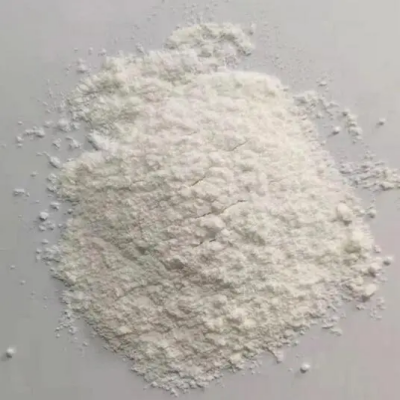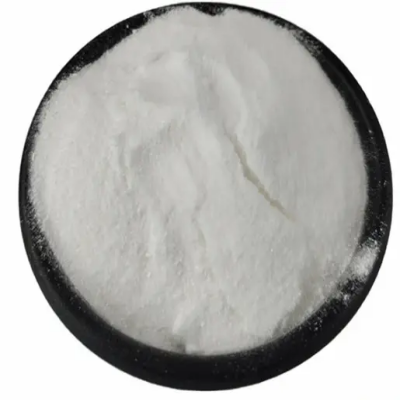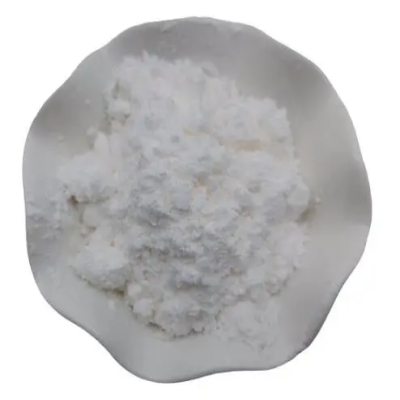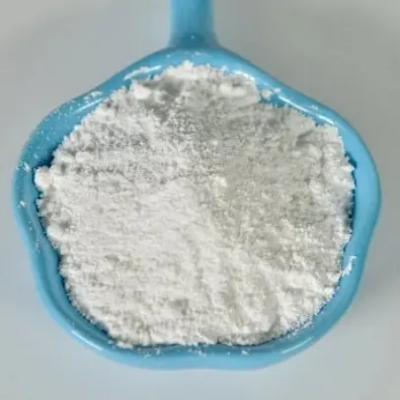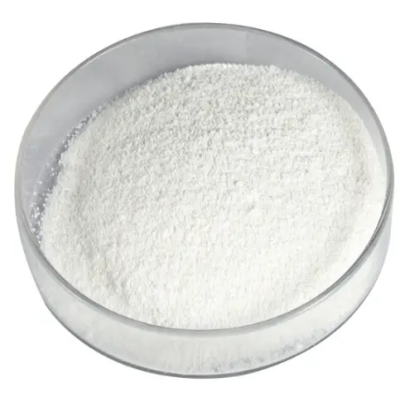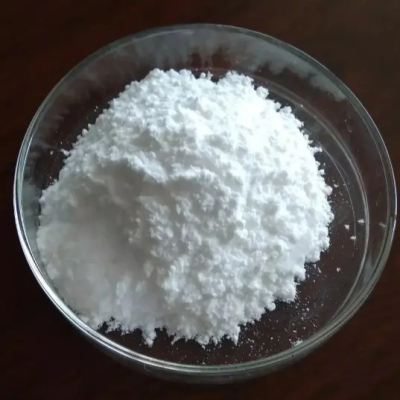(OC-6-44)-Tricarbonylchloro(glycinato)ruthenium CAS:475473-26-8
(OC-6-44)-Tricarbonylchloro(glycinato)ruthenium exhibits diverse applications stemming from its versatile coordination chemistry and potential reactivity. In catalysis, this complex serves as a catalyst in various organic transformations, including hydrogenation, transfer hydrogenation, and oxidation reactions. The presence of both carbonyl and amino acid ligands enables the modulation of catalytic activity and selectivity, making it valuable in synthetic chemistry for the production of fine chemicals, pharmaceuticals, and agrochemicals. Furthermore, (OC-6-44)-Tricarbonylchloro(glycinato)ruthenium finds utility in coordination chemistry as a model compound for studying ligand-metal interactions and reactivity in bioinorganic systems. Its unique ligand environment offers insights into the coordination preferences of ruthenium centers and their implications for catalysis and biological function. In materials science, this complex is explored for its potential in the design and synthesis of functional materials with tailored properties. Ruthenium-containing complexes are investigated for applications in molecular electronics, catalytic surfaces, and sensors due to their tunable electronic properties and reactivity. Moreover, (OC-6-44)-Tricarbonylchloro(glycinato)ruthenium holds promise in medicinal chemistry and biomedicine. Ruthenium complexes have demonstrated cytotoxic effects against cancer cells, prompting research into their use as anticancer agents. Additionally, their ability to bind to biomolecules such as proteins and nucleic acids opens avenues for applications in targeted drug delivery and imaging. The compound's reactivity towards biomolecules also extends to bioorganometallic chemistry, where it serves as a platform for the development of novel metal-based probes and therapeutics for biological applications. Overall, (OC-6-44)-Tricarbonylchloro(glycinato)ruthenium showcases broad potential in catalysis, coordination chemistry, materials science, and biomedicine. Its unique ligand composition and reactivity offer opportunities for the development of innovative chemical technologies and therapeutic agents with diverse applications in industry and research.






| Composition | C5H3ClNO5Ru |
| Assay | 99% |
| Appearance | white powder |
| CAS No. | 475473-26-8 |
| Packing | Small and bulk |
| Shelf Life | 2 years |
| Storage | Store in cool and dry area |
| Certification | ISO. |


